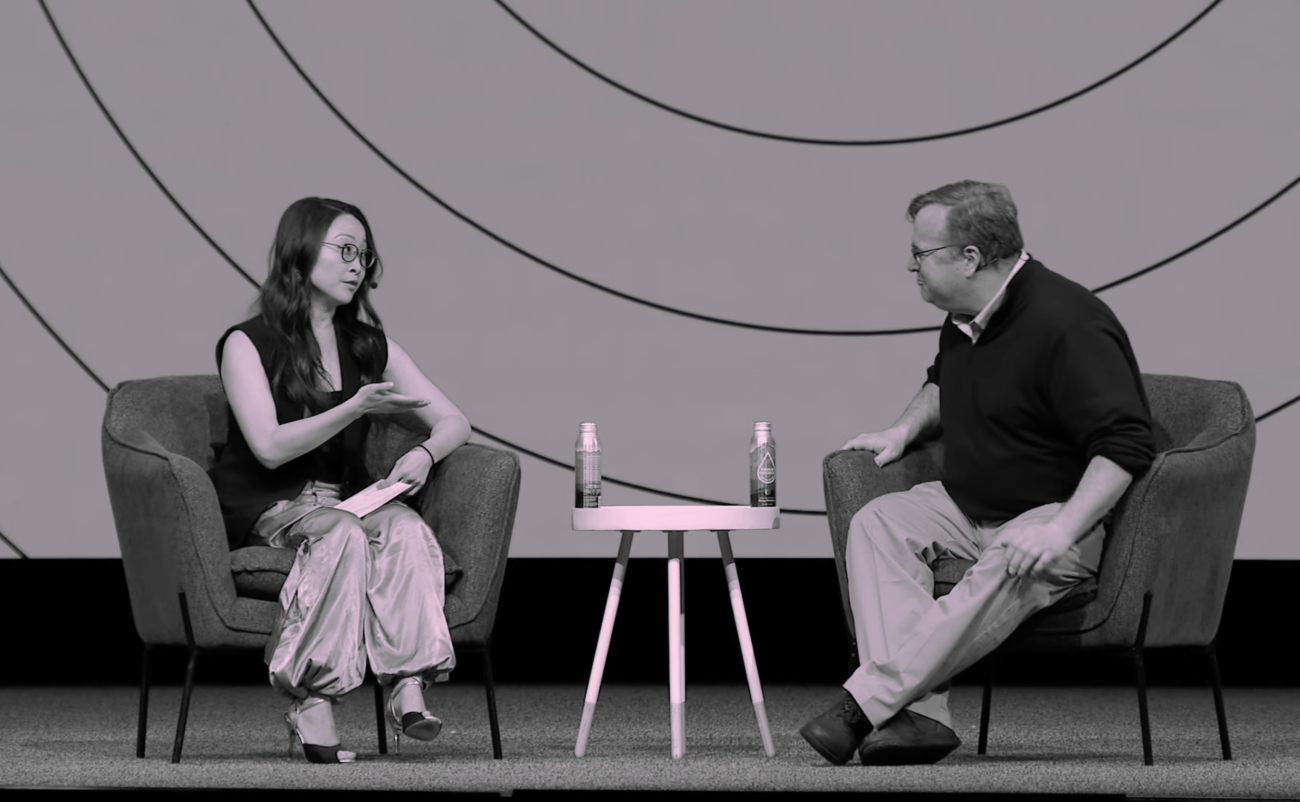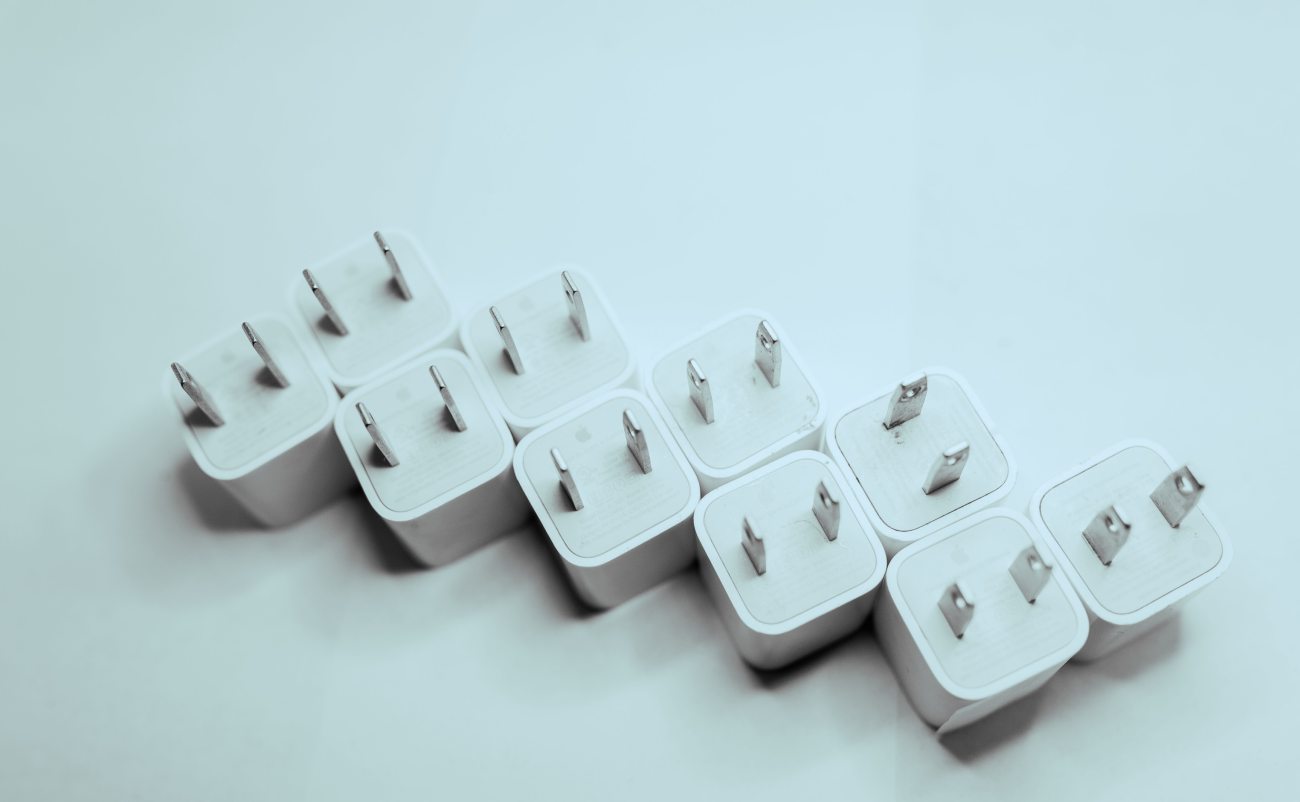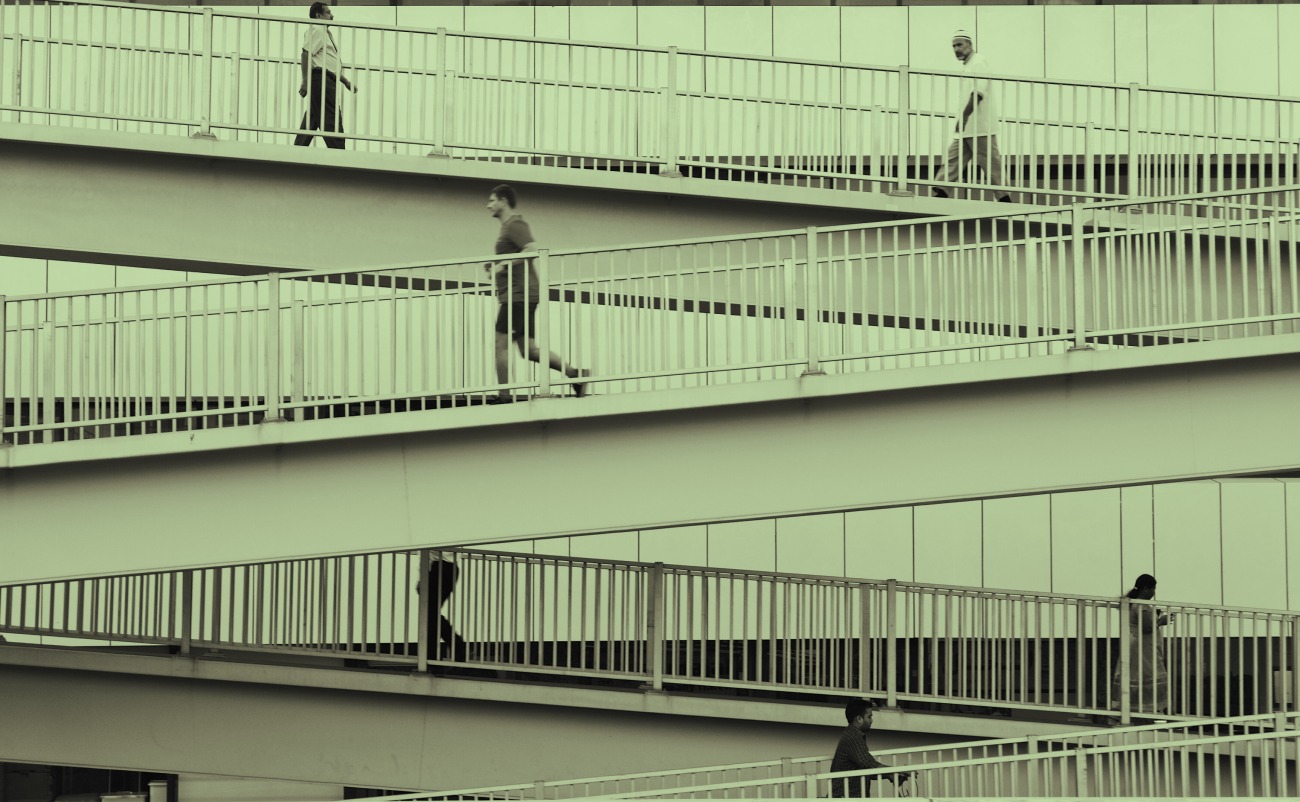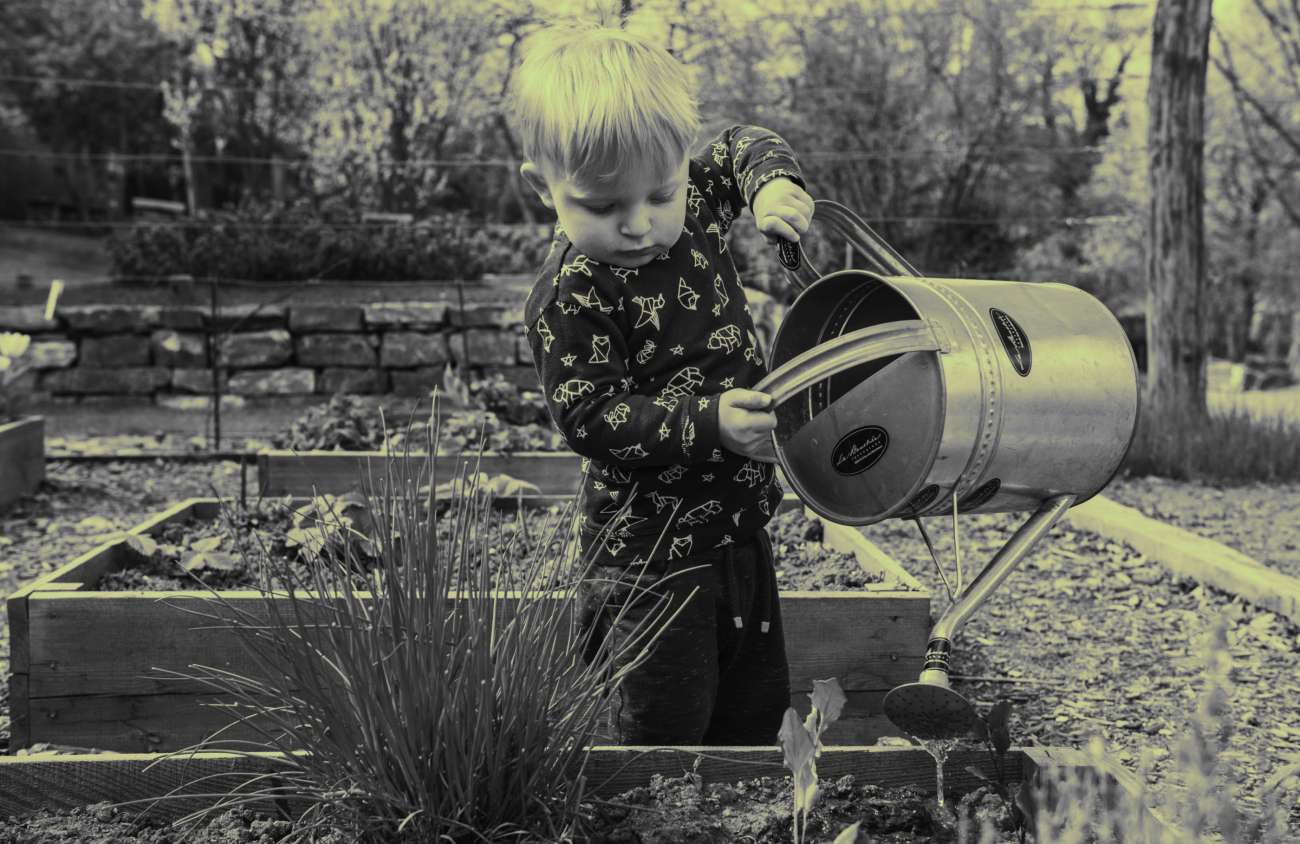
How Figma Just Rocked the Design World: Insights from Config 2023
Share
We won’t rehash the greatness of this year’s Config conference—Figma’s done a great job of that on their blog—but we want to share our insights. As a small design agency that creates sites and digital products for mission-driven organizations, our perspectives offer something different than the Metas and AirBnBs of the world.
If you don’t know about it, Config is an annual conference for users of Figma, the go-to software that allows design teams to create together. This year’s event included a fantastic lineup of speakers, sessions on how to get the most from Figma, info on what’s ahead for the software, and opportunities to connect with attendees from around the world. Our team attended the June 21-22, 2023 sessions virtually, and you can review session recordings on the conference site. Figma’s changes to its software pose huge questions about the way we work, what we’ll offer our clients in the future, and more. Let’s pick them apart.
How will Figma change the way we collaborate?
One Config session, in particular, explored a pivotal update to Figma that got us thinking hard about how we as designers will collaborate with developers, Deep Dive: Designer and developer workflows unlocked using Dev Mode with Figma team members Jake Albaugh, Avantika Gomes, Lauren Andres and Jenny Lea. Figma used to be just for designers, not developers. But with the introduction of Dev Mode, Figma has fundamentally changed not only what the software does, but who uses it, how, and why—inviting questions about how creative agency folks will collaborate with one another. So what do we think?
Design roles could become more specialized
Figma’s new Dev Mode asks designers to prepare files in a way that developers can better use. Before Dev Mode, designers focused only on elements such as styles, colors, typography, etc., but they are now able to use a more powerful and flexible option for style specification when preparing files for developers—something called design tokens, which Figma calls “variables”. This new paradigm prompts designers to think more like developers in the way that they put their components together, begging the question: if designers are increasingly having to think more like developers, how will this change who gets into the field and what sorts of work they’ll do once they’re there?
Generally, we see two types of people get into design: the artistic, intuitive sort and the engineering, systems-thinking sort. Again, this is a huge generalization—anyone can embody both of these modes (or some other mode) to any degree—but typically we see one orientation leading a person’s approach to design. The field needs both modes, but we can’t expect that someone leaning into one orientation is going to work well within the other.
Our team will likely evolve to more explicitly include designers who are more artistic and intuitive and some who focus on the systemic aspects of design, and they’ll work together. To be successful, we need to identify people’s strengths at the get-go and evaluate their ability to overlap with designers who do the other sort of work, as opposed to asking one designer to do it all. Right now, we see job titles like “product designer,” but we may, over the years, see such a role split into two or several, with new job titles demarcating a more qualitative or artistic role and others demarcating a more systems-oriented approach.
Prototypes = reality?
The session Deep Dive Training: advanced prototyping with less complexity with variables with Miggi, Ricky Rajani, Garrett Miller from Figma Config showed us how prototyping works in the most recent version of Figma. In addition to teaching us all the newness, the training also got us thinking about what Figma’s advances in prototyping could mean for our work and what we offer our clients.
Better prototypes = more client trust
One of our biggest blockers in creating great client work is the cost of doing user testing with real-feeling prototypes that we create. It can be costly and time consuming for clients, making some of them nervous. This doesn’t mean our deliverable won’t work or that we don’t perform research in other ways, it just means sometimes we get less rich and insightful feedback, potentially causing churn in the implementation phase, or changes being needed after launch.
But now, prototyping has become more simple and efficient, enabling us to build sophisticated interactive mockups that would have been cumbersome or impossible a year ago. With this supercharged ability, we’re expecting to do more user testing, which should assure clients that we can more quickly validate design work and save them money. Our prototypes, more affordably created, will be compelling enough to put in front of real users and help us prove to our clients that our design work creates the intended results. They’ll have a much clearer sense of what they’re getting sooner in the process, they’ll be able to give us more meaningful feedback, and this all results in more trust and, theoretically, better relationships.
Web development could be in its dying days
This isn’t just a controversial sub-headline. We wonder this in earnest. Why? Software is in constant development, tracking with private companies’ need to constantly grow and make money. This means Figma, too, is constantly in development, and its recent improvements in prototyping (and the introduction of Dev Mode for designers) seem to indicate that the software is, more and more, making designs “work.” Figma is web-native. With the constant push for efficiency, what’s stopping the software from eventually empowering designers to create sites, products, etc., connecting to domain names, and pushing their designs to the web, completely bypassing the need for a CMS? Certainly there will always be some sites and organizations that need a robust web platform to manage large amounts of content, but for smaller sites and orgs, maybe Figma will become their web platform.
AI, what are you doing to us?
Various sessions within the AI and the Future of Design series offered demos, perspectives on how AI could impact our profession, and astute reminders of what humans bring to the design table. These were Designing with AI with speakers Noah Levin of Figma, Jordan Singer, Andrew Pouliot and Vincent van der Meulen of Diagram; Generative AI and Creative Arms Race with Ovetta Patrice Sampson of Google; and The Crescendo of AI in Our Collective Future with Kanjun Qiu of Generally Intelligent and Reid Hoffman of Greylock. Here’s our take:
Working with AI means constantly learning about its implications
We face different sorts of tradeoffs: we and our clients are set to gain, but at what logistic, legal, environmental, and ethical costs? This is amazing technology that can allow us to achieve results we couldn’t achieve otherwise—but someone (or thing) has to pay for it all. As an agency that works primarily with mission-driven organizations, we’re especially attuned to the fact that some results of using AI may conflict not only with our values, but with our clients’ values, as well.
We need to continually educate ourselves on how AI can improve—yet mess with—our design process and the way we run our department. For example, designers often use visual assets whose use depends on various levels of copyright and licensing restrictions. How or when do those restrictions apply when we use AI-generated content, which itself can be derived from content under copyright and licensing restrictions? Who at Kalamuna will be minding this, and how? Process questions lead to personnel questions: fifteen years ago a design shop might have had enough work to support one full-time retoucher. Some of that work is now done by AI-enabled software features, and this supplanting of roles is happening even faster now. What design roles will we now need or not need in six months? In a year?
Next, we need to be thinking about how using AI will impact our clients and the work we do together. For example, What does it mean to have data owned by our clients fed into AI in order to make something? How do we devise our contracts so that our clients are OK with us using these tools? Some clients may not be thinking about the implications of using AI, and as their creative agency, it is our responsibility to advise them. If we do not educate them about the potential tradeoffs of using AI, they might conclude that AI results in only an upside: more value and more content for less time and less money, which is false.
Last, everyone on this planet is paying the price for AI in terms of the carbon emitted from the energy produced to power computer hardware. Processors require rare earth minerals, which are mined, and mining degrades the planet. Cooling data centers, of which there will be more and more, takes electricity. All of this energy production, at least in the near future, will likely not come from all-renewable sources. How do we reconcile this with any one of our environmentally-focused clients such as GreenBiz or NatureBridge?
When new technology comes into use, it is hard to know what the right thing is to do. Today, we’re no longer cutting down trees to make paper for encyclopedias; we’re using other natural resources to power the servers that maintain Wikipedia. In all ways, we need to keep in mind that using AI comes with many tradeoffs while continually evolving our point of view on how we can balance the harms with the benefits. We want to always ask: Where can Kalamuna tip things over to the side of beneficence?
Our relationship to the blank page will change
In his Config talk, Noah Levin mentioned that AI can help us with the blank page. Indeed, whether in visual design, copywriting, sound design, product design, or other creative role, the designer or “creative” has typically been the person to encounter the blank page—with all of its pressures, terrors, and expectations—which we then evolve to become “the client deliverable.” But with the emergence of AI, we can choose to be or not to be that person who takes the risk of bringing a first idea to life; we can outsource that work, or we can use AI as a sort of creative spark-assistant. Do you enjoy the freedom of the blank page? In the world of AI, you’re free to work old-school, leaping into the unknown with your pencil and paper, but you’re also able to query AI for thought-starting text and multimedia content. On the other hand, if you fear the blank page, you can use AI to generate first-thoughts and then use your creativity and/or curatorial powers to shape that.
AI will amplify our abilities
It’s impossible to summarize the ways in which AI will increase human impact, but from our little corner of the design world, we can see a few steps ahead. For example, AI will likely become more helpful from a design research perspective. In this domain, we prize a meta-view, not just scrutinizing the questions we are asking, but the assumptions from which we ask those questions. AI can help us get out of these assumptions by generating questions for audiences we might not have thought to ask. It may generate user types and goals we would not have conceived of. It may summarize qualitative research which we may translate into insights that drive design decisions, or it may even do that work itself, generating conclusions and organizing content appropriately, delivering wireframes.
This will all change the nature of our design work. AI saves time, collapsing several design tasks into one through automation. A day collecting images to compile a moodboard may take just seconds, creating the new task of analyzing and curating moodboards.
What can designers do to stay ahead?
We don’t know exactly what apps, sites, hardware or digital products will look like over the next few years. But as many Config 2023 speakers reiterated, we do know that the tools we use to design them will continue to rapidly improve and evolve to do things we never imagined possible. And while we enjoy learning about all the cool new features and how they’re potentially going to revolutionize the way we do our jobs, we designers are primarily intent on making, not learning how to make. What seems constant in the midst of all this tool-flux is our responsibility to put the needs of the people who use our products first. When we understand these needs, we can create not only useful products and experiences, but delightful ones, too. This requires empathy, care, and rigorous research, and we don’t see any software, prototype, or AI cornering the market on those things anytime soon.







